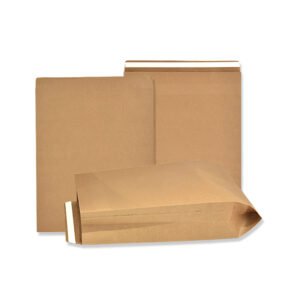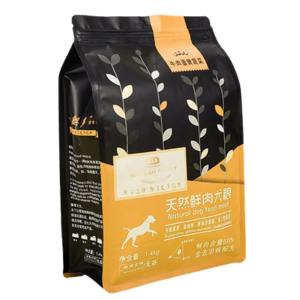Food packaging isn’t just about aesthetics; it’s about safety. The wrong materials can leach harmful chemicals, contaminate food, and lead to serious health risks. No brand wants that kind of reputation. As a packaging manufacturer, I know firsthand how critical food-grade paper bag safety is.
Food-grade paper bags must comply with strict safety regulations, including FDA (U.S.), EU, and other national standards. They must be free from harmful chemicals, use non-toxic inks, and maintain high hygiene standards during production. Testing and certifications ensure compliance with these safety measures.
So, how do you ensure your food packaging is safe and meets global regulations? Let’s break it down.
What Makes a Paper Bag “Food-Grade”?
A food-grade paper bag isn’t just any paper bag. It must meet specific criteria:
• Made from virgin (non-recycled) pulp to avoid contamination.
• Free from toxic chemicals, heavy metals, and harmful coatings.
• Uses food-safe inks and adhesives.
• Resistant to grease and moisture if required.
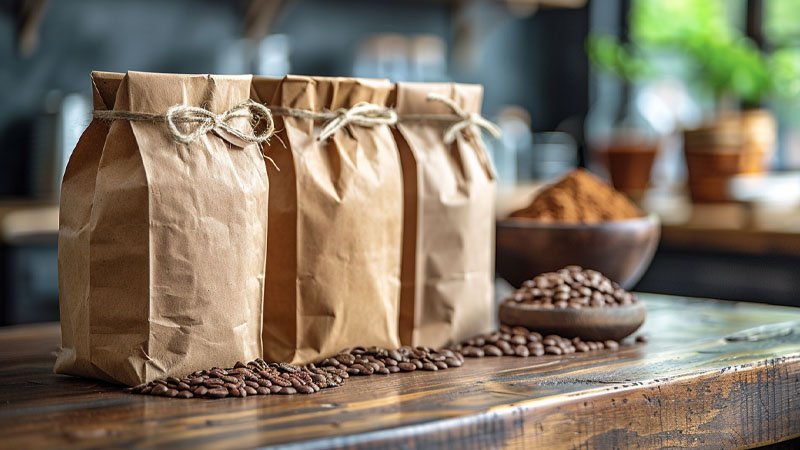
Key Safety Regulations and Standards
Different markets have different standards. If you’re sourcing or manufacturing food-grade paper bags, these are the ones to watch:
1. FDA (U.S.) Compliance
In the U.S., food-contact packaging must comply with FDA 21 CFR 176.170 (contact with aqueous and fatty foods) and FDA 21 CFR 176.180 (contact with dry foods) [source].
2. EU Regulations (EC 1935/2004)
The European Union requires all food-contact materials to be safe, non-toxic, and not alter food composition. Manufacturers must also adhere to Good Manufacturing Practices (GMP) (EC 2023/2006) [source].
3. China’s GB Standards
China follows GB 4806.8-2016 for paper food-contact materials. It limits migration levels of chemicals like lead, arsenic, and formaldehyde [source].
4. Other Global Standards
• BfR Recommendations (Germany)
• JHOSPA Standards (Japan)
• CFIA (Canada) Compliance
Why Recycled Paper Isn’t Always Safe for Food Packaging?
Recycling is great for sustainability, but not always for food safety. Recycled paper can contain:
• Mineral oils from printing inks.
• BPA and phthalates from previous coatings.
• Microbial contamination due to handling.
For direct food contact, virgin fiber paper is always the safest choice. Some countries allow recycled paper for indirect contact, like outer packaging.
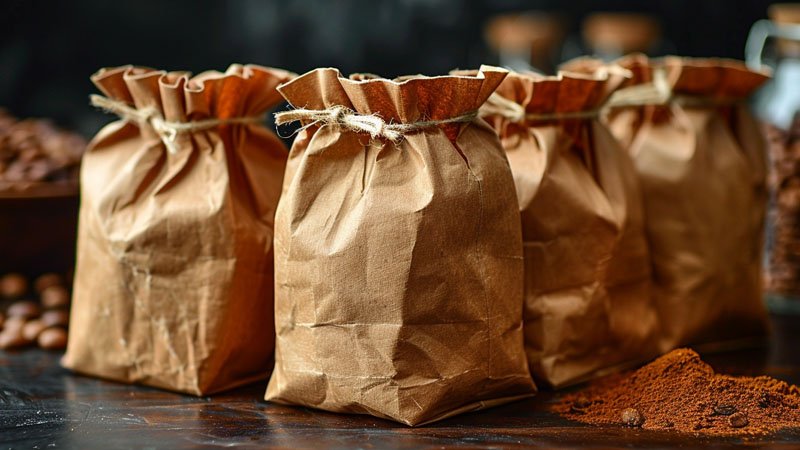
The Role of Food-Safe Inks and Adhesives
Most people focus on the paper itself but forget about inks and adhesives. These can be a major source of contamination.
What Makes Ink Food-Safe?
• Water-based or vegetable-based inks (avoid petroleum-based ones).
• No heavy metals like lead or cadmium.
• Low migration (won’t transfer onto food).
Safe Adhesives for Paper Bags
• Starch-based or casein adhesives (common in food packaging).
• Avoid solvent-based glues that contain harmful residues.
Testing and Certification for Food-Grade Paper Bags
Even if your bags meet regulations, testing ensures compliance. Here’s what labs check:
- Chemical Migration Tests – Ensures no harmful substances transfer to food.
- Heavy Metal Analysis – Checks for lead, mercury, and cadmium.
- Grease and Moisture Resistance – Important for bags holding oily foods.
- Microbial Contamination Tests – Ensures hygiene standards.
Key Certifications to Look For
• FDA Approved (for U.S. markets)
• ISO 22000 (Food safety management)
• BRCGS (British Retail Consortium Global Standards)
• SGS or Intertek Test Reports
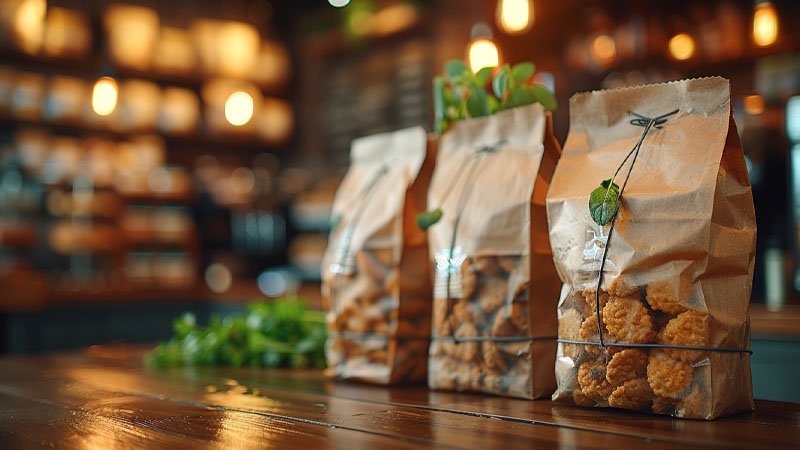
Eco-Friendliness vs. Safety: Can We Have Both?
Absolutely! The best food-grade paper bags are:
✅ Made from FSC-certified virgin pulp
✅ Compostable and biodegradable
✅ Using soy-based or water-based inks
✅ Free from plastic linings
The challenge? Some coatings that improve grease resistance (like fluorochemicals) aren’t eco-friendly. Instead, water-based coatings or bio-wax alternatives are rising in popularity.
Common Mistakes to Avoid When Choosing Food-Grade Paper Bags
🚫 Using uncertified suppliers – Always request compliance documents.
🚫 Ignoring ink and adhesive safety – Even “natural” inks can be unsafe.
🚫 Assuming recycled = safe – Not always true for direct food contact.
🚫 Skipping testing – Unverified materials can lead to legal and health risks.
Conclusion
Food safety isn’t just a compliance issue—it’s a brand reputation issue. Choosing certified food-grade paper bags ensures your packaging is safe, legal, and eco-friendly. Always check for FDA, EU, or local certifications, use safe inks and adhesives, and work with reputable suppliers.
Need high-quality, fully certified food-grade paper bags? Let’s talk!



